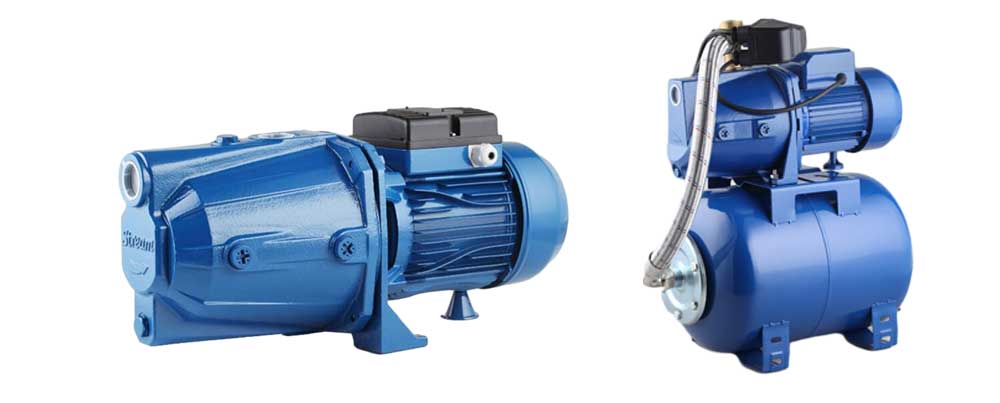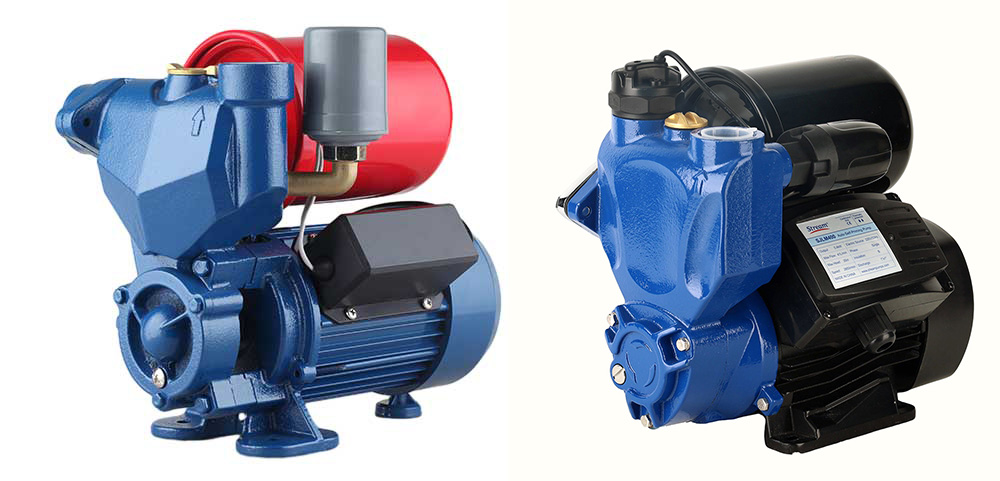+86 13816508465
Pump Introductions
Aug. 02, 2022

The low and unstable water pressure has become NO.1 issue for most home owners which could lead to a poor showering, tricking taps, uncomfortable changes in water temperature and a lot more troubles in household water chores.
Reasons of Low Water Pressure?
With the gradual improvement of living standards and awareness of water safety, it is extremely common to install water purifiers, large showers and smart toilet at home. These devices all have certain requirements on water pressure to meet the best customer experience. Meanwhile, at the morning and evening peak hours, there are multiple taps opening at the same time which could also create insufficient water pressure.
To solve the problems, we can install a booster pump to the mains inlet pipe or the exact device to be boosted.
Here are 4 principles that can help you choose the right booster pump.
1-Understand the water source
The first step is to make sure what water source you have.
The regular sources for household applications are mainly below:
Mains water supply
The pressure on the municipal water mains varies significantly with demand. To stabilize water pressure in residential buildings, booster pumps is a good solution to boost or balance water pressure.
Shallow wells
Pumping water from shallow wells requires the pump with priming ability so it can suck water from underground depth.
Water storage tank
The water storage tank can be placed above or below the ground. The water level in the water storage tank will fluctuate frequently and usually contain sundries and impurities. It is suggested to install a Pre-filter to avoid debris from going inside the booster pump. As you know, most of the booster pumps are clean water pumps.

2-The basic types of household booster pumps
JET Pumps
A JET pump is featured with an ejector system. The water will be ejected at high speed to create negative pressure inside the pump and then pumped up automatically without the aid of the pump. The JET pump can be classified as a kind of self-priming pump, but the noise will be slightly larger and the water flow is kind of surging.It is ideal for long and complex suction applications such as transferring water from underground wells or tanks. It handles air much better than other household pumps. A JET pump usually integrates a pressure switch, a pressure tank and other components for a domestic water supply system.

Self-priming Pumps
A self-priming pump is used to lift the water but do not require priming. The rotor’s high-speed rotation forms a vacuum environment inside the pump and the water that cannot reach the height will be attracted up under the vacuum condition. Here involves a term called suction head, which is how high the self-priming pump can suck the water. It can be used to lift water from a ground tank to an overhead tank(water tower). The self priming pump comes with integrated pressure switch, flow sensor and pressure gauge to realize automatic function. So it is also called the household automatic booster pump. It is more compact and silent comparing with JET pumps.

Inline Circulation Pumps
The inline circulation pump is used to circulate hot or cold water within the house. It can resist maximum water temperature 90℃and is extremely low noise. The circulation pump is generally installed with a water heater to deliver hot water to different parts of the house. Due to its smaller power, it is normally used for single pipe pressure boosting rather than whole house.

Multistage Centrifugal Pumps
The multistage centrifugal pump is built with several impellers and can provide excellent pressure and flow for a household application. Meanwhile, it is quite efficient and ideal for medium to large homes and long piping systems.

3-Major Parameters for a Booster Pump
Pump Flow
The pump flow is also called the water delivery volume, which refers to the amount of water that the pump delivers in a unit of time. It is represented by the symbol Q, and its units are generally L/min and m³/h.
Pump Head
The pump head is also called the discharge head or lift head of a pump. It refers to the maximum height that the pump can lift against gravity.
Normally, the pump head can be recognized as the power of the pump. The greater the pump head, the greater pressure that the pump can generate. It is represented by the symbol H and its units is m.
Suction Head
A pump's suction head is similar to its pump head except it is the opposite. Rather than being a measure of the maximum discharge, it is a measure of the maximum depth from which a pump can raise water via suction.
The suction head decides the max. pump installation height from the water source. If the installation height exceeds the suction head, the pump will fail to pump water.

4-The control type of a booster pump
There are two types of domestic water pumps:The fixed frequency pumps and the variable frequency pumps. The fixed-frequency pump operates according to the performance curve at a given frequency, while the variable-frequency system refers to the preset pressure or flow and compares the real-time system conditions. The motor automatically adjusts the operating frequency and the power decreases accordingly.
A fixed frequency pump is commonly equipped with a pump controller to provide constant pressure and run-dry protection. Alternatively, they can also go with the pressure switch and tank combination, which work together to provide the automatic pressure system.
A variable frequency pump uses the pressure sensor to determine the pressure in the pump. The frequency converter then controls the pump speed according to the signal change, so that the pressure can be kept constant. The advantages of variable frequency pump are the use of frequency conversion speed regulation and constant pressure, which is more energy-saving. It can adjust the power supply according to the working demands and reduce water pressure fluctuations, dry protection, automatic reset, and effectively control leakage.
Conclusion
After figured out these 4 principles, we will get a basic idea of what booster pumps to be chosen. For specific model selection, please contact us further and we can get the right sized model for you.
Address
No.17 XeDa Jimei Ind. Park, Xiqing Economic Development Area, Tianjin, China
Telephone
+86 13816508465
QUICK LINKS